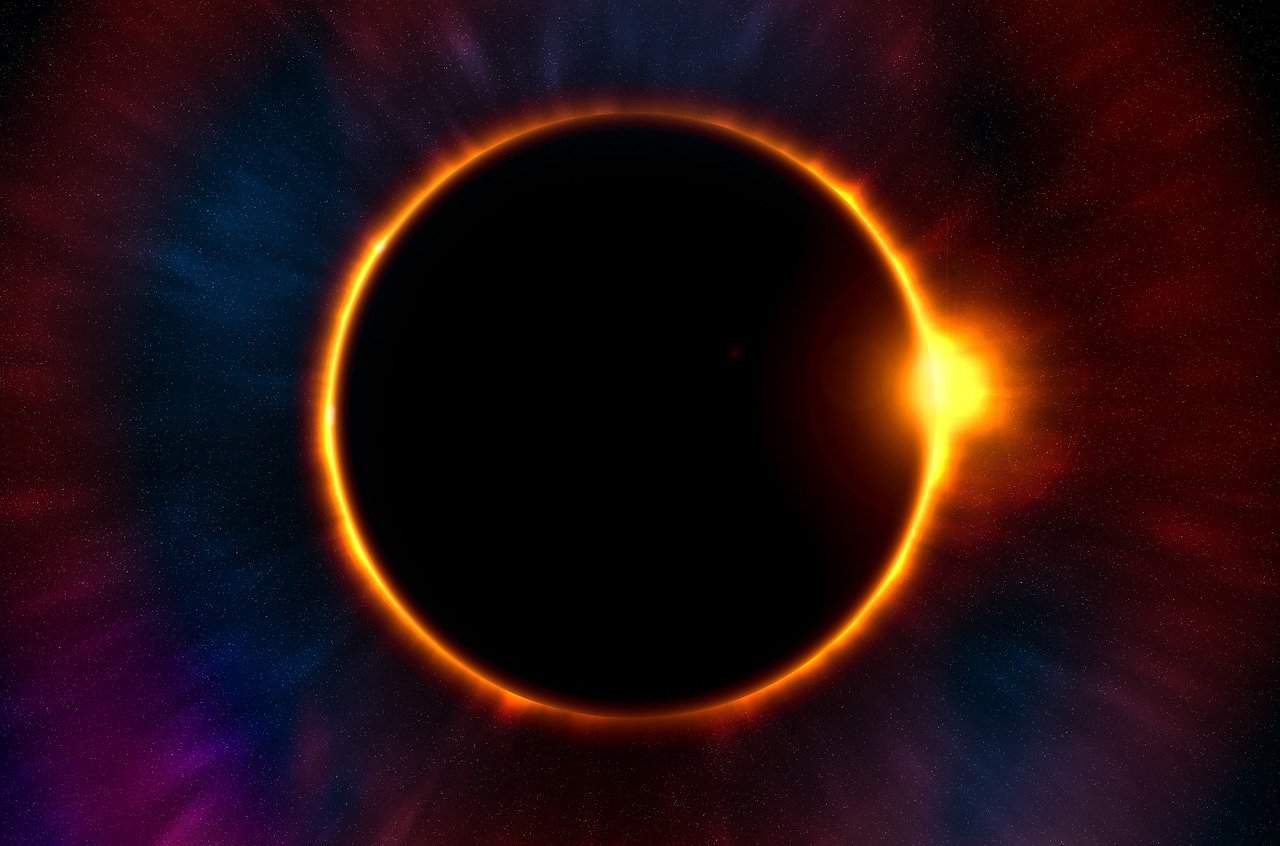Back in 1991, my first year in Costa Rica, there were two natural events that are occurring again this year. First was the El Niño phenomenon, bringing a dryer than usual Green season, punctuated by heavy downpours and sporadic flooding.
We are going through a similar dryer than usual rainy season this year, with many more dry, summer like days than normal. The other natural event about to repeat itself is a solar eclipse.
This year’s eclipse will be in October. It is an annular eclipse, slightly different from a total eclipse, as the moon will not completely cover the sun. Instead it will create an effect known as the ‘Ring of Fire” which promises to be spectacular.
In 1991 we had a total solar eclipse. The national anticipation for this once in a lifetime event was almost as memorable as the eclipse itself. In the days leading up, stores everywhere hawked the protective glasses recommended for safely viewing the eclipse.
Repeated warnings were issued to not view the eclipse with the naked eye. It was the lead news story in the media the final week before the eclipse. I lived in a small town in the campo, and the afternoon of the eclipse, virtually the entire village was outside, awaiting the historic moment.
As the moon gradually obscured the sun, mid-afternoon darkness fell over the country. Confused roosters crowed, dogs barked. We all stared at the blotted out sun through our special glasses.
Then, with the same suddenness that darkness had come, the sunlight emerged. Afterward, many of us went down to the local cantina where a bottle of Pilsen was 40 colons– about 45 cents. I probably paid the bill with a rojo– 1000 colon note– which at that time was the highest denomination of banknote in circulation.
Sometimes, in the rural regions, the stores would not have change for a rojo, and you would have to fish through your wallet for 500 or 100 or even 50 colon notes to make payment.
Costa Rica was a much cheaper place to live back then. My then wife and I lived with our infant son in the campo on about $500 a month. Before moving to the campo, I had been offered a proofreading job (pre auto-correct) for a company in Curridibat that handled English language documents.
The starting salary was 280,000 colones a month, or a shade under $300! I declined. An even more amazing number from that year involved the birth of my son. My then wife spent five nights in Clinica Santa Rita, in the capable hands of Dr. Urcuyo.
This was a private clinic, one of the top rated in the country. She had a private room. As there were complications during the birth, a caesarian was performed. An Anesthesiologist was there to assist. After my son’s birth, his mother spent three more nights recuperating. She had a pager with an on-call nurse present 24 hours if she was feeling discomfort, or needed a break from her newborn.
When we checked out after four nights, the total bill was about $1,200. That included delivery of the baby, surgery, Anesthesiologist and Ob-Gyn doctor, 24 hour attention, food, and a private room for four nights. I have no idea what the cost would be today, 32 years later, but my guess would be five figures, and not low four figures.
It is easy to look back at that time through a nostalgic mist, but along with the slower pace and cheaper lifestyle came poor roads, one lane bridges, long dusty rides to get to your destination, limited communication with the outside world, and less opportunity for many, especially in the countryside.
Thirty-two years have passed between major solar eclipses. One can only wonder of the further changes to come in the years between the October eclipse, and the next annular or total eclipse– which will not occur in Costa Rica until sometime in the 22nd century.






